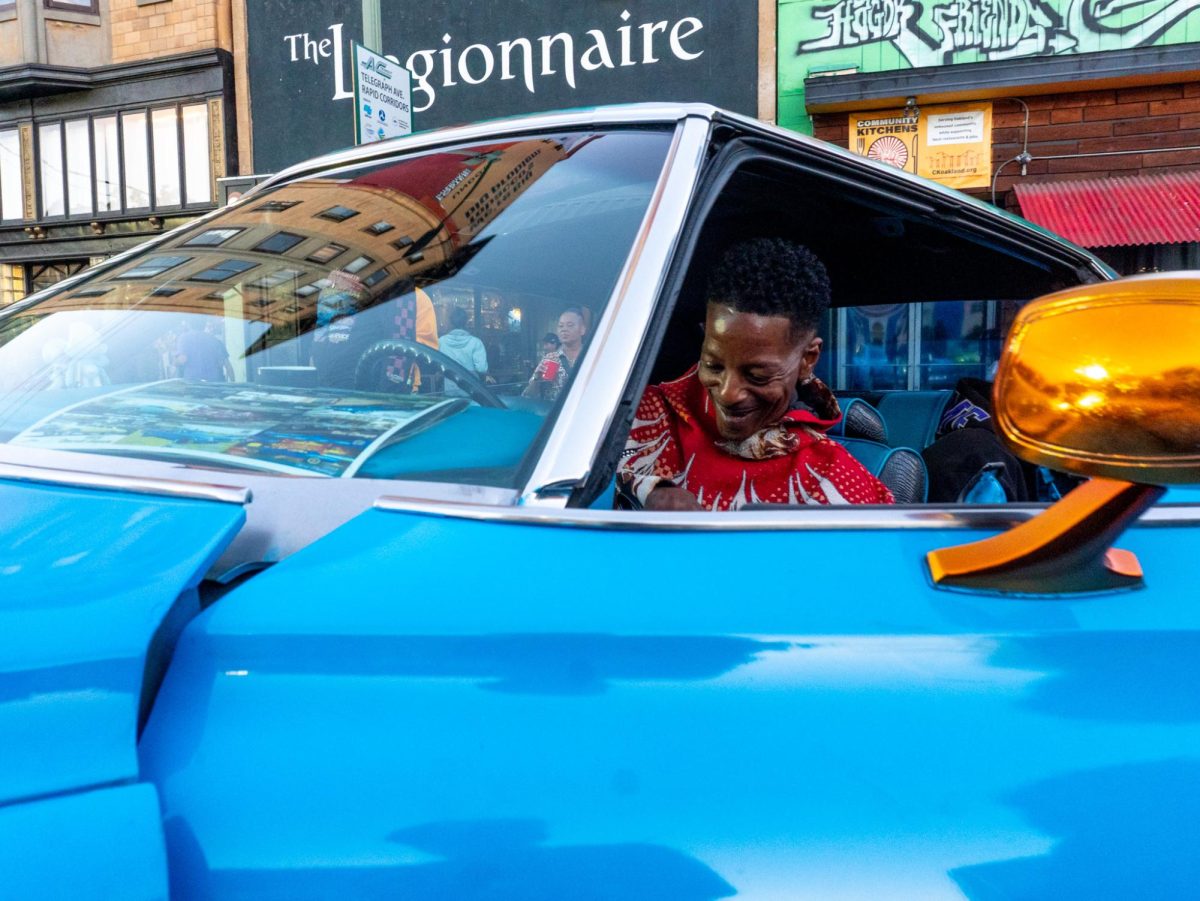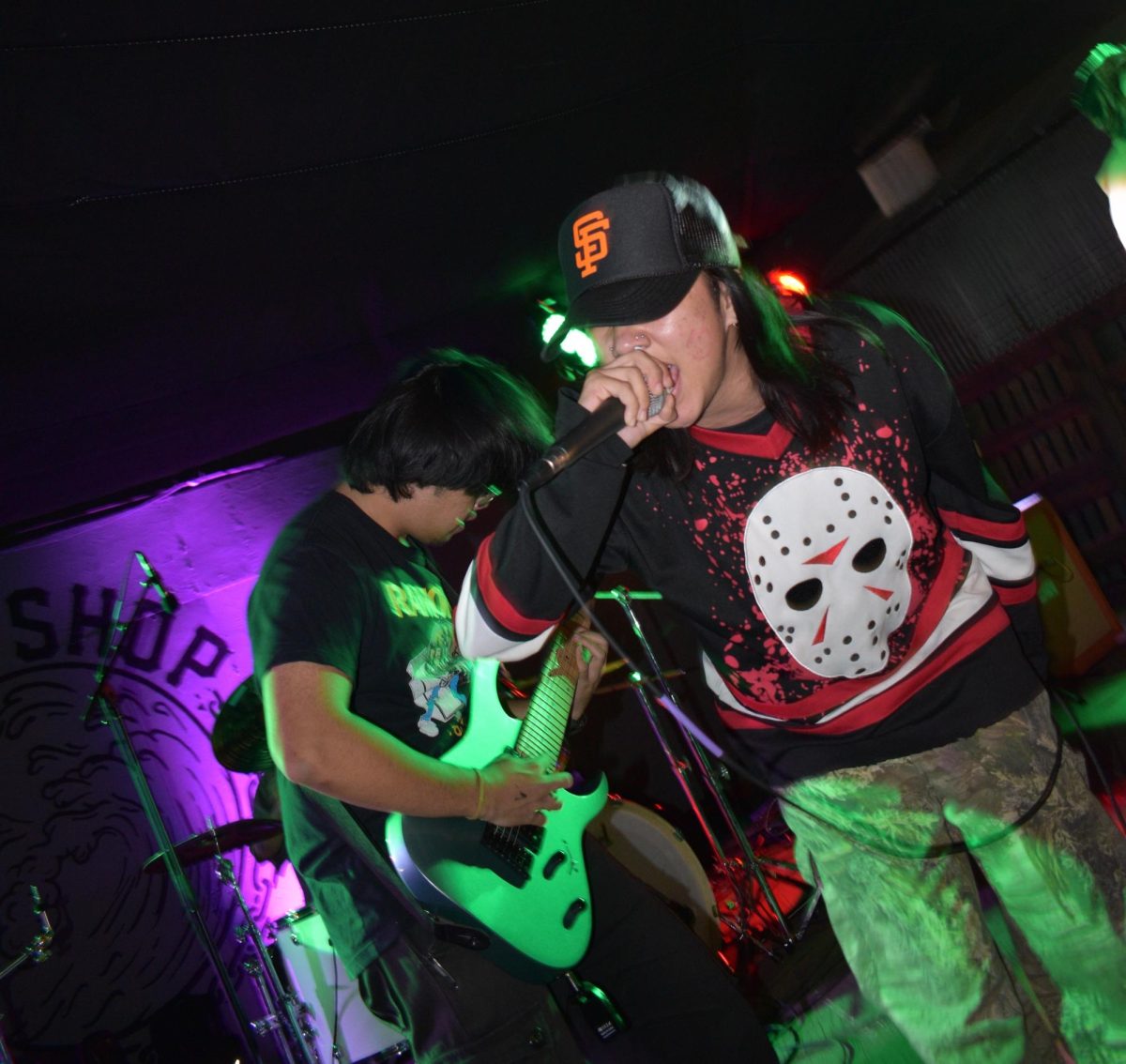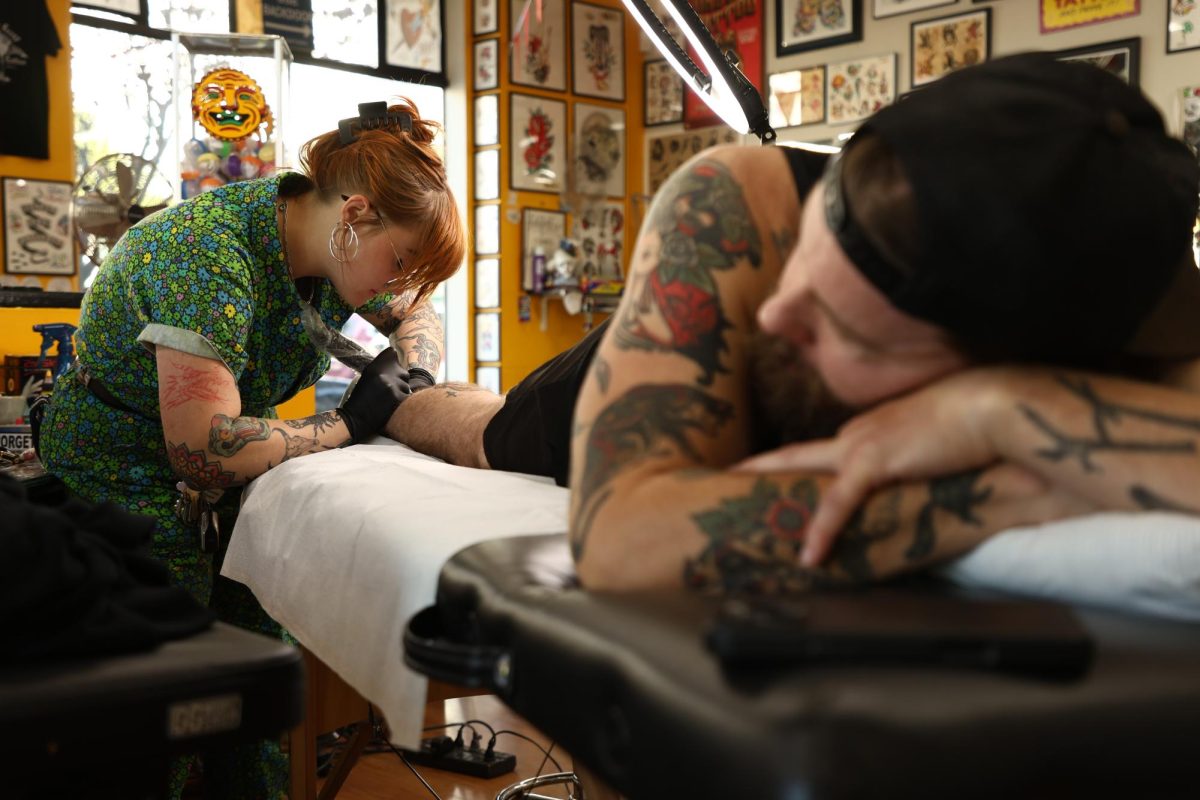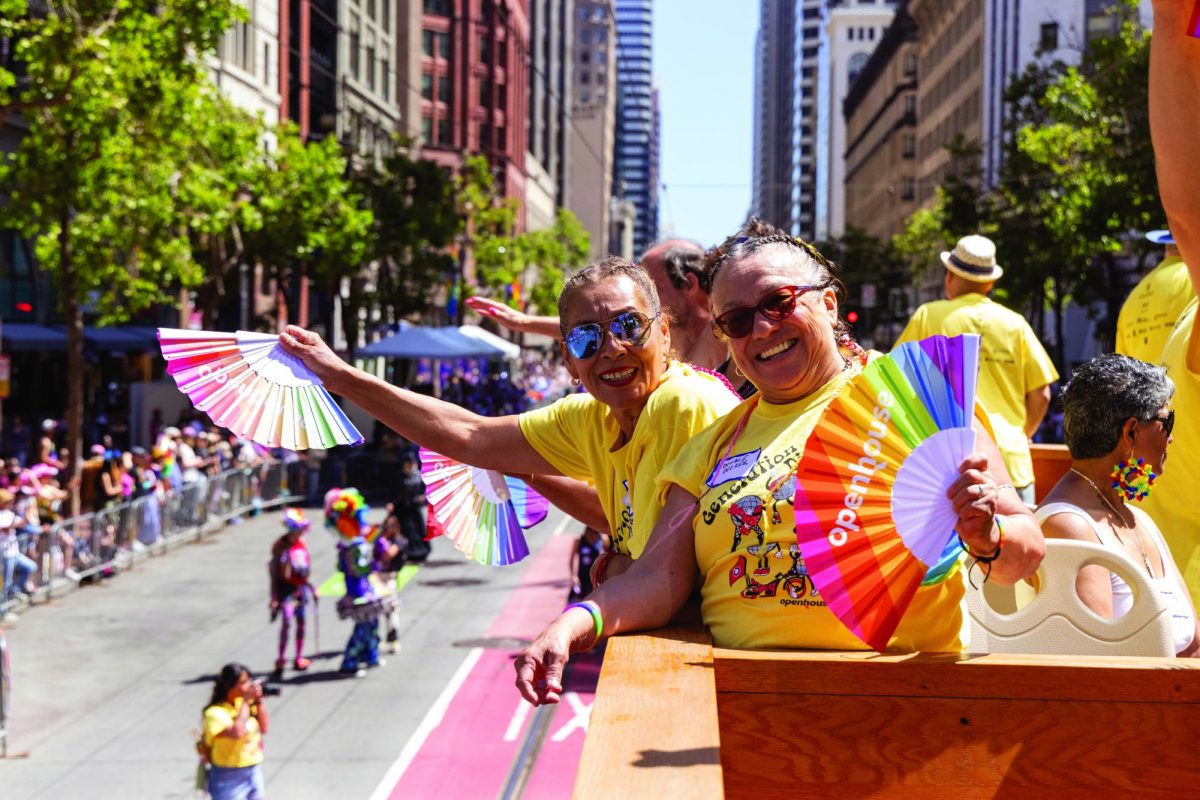Japan has been known as land of the most hard-working people in the world, home of over two hundred flavors of Kit Kats, the anime utopia, but perhaps most notably: a mecca for quirky, diverse fashion.
In the past few years, art, street fashion, and the Internet have become a trifecta in cyberspace. Thanks in part to Tumblr’s reblogging and the simplicity of sharing, obscure American artists with Eastern-influences have garnered more of an audience than ever before. Rather than posting miscellaneous anime fanart to DeviantArt to be seen by basically no one, Tumblr’s reblogging functionality has paid off, literally and figuratively, with unique brands coming to fruition online.
[widgetkit id=9470]
Artists Justin Wallis, OMOCAT, Michy Soong, and Brandon Reierson have jumpstarted their personal brands on the Internet with their Japanese-inspired art and clothes. Some of Wallis’ 1990s-Japan-enthused art has garnered as much as twenty-four thousand notes on Tumblr. OMOCAT launched a Kickstarter campaign earlier this year for her first video game Omori, a semi-autobiographical surreal horror Role Playing Game (RPG) Maker game, and made over $200,000, enough for a 3DS port and smashing its miniscule $22,000 goal. While not quite household names, their art is widespread in all corners of the Internet, from Tumblr to Instagram to Twitter and elsewhere, these artists and others are gaining traction with Japanese-inspired fashion – and fast.
With other niche-cyber-fashion trends such as the sporty-yet-dark, amplified-subtrend-of-normcore Health Goth and aqua-infused Seapunk slinking their way into modern U.S. streetwear, the Japanese street fashion trend Akiba kei is a slang term for the style that resonates from the Akihabara district of Tokyo, a home for otakus, or obsessive fans of anime and video games. Akiba kei is dorky yet accidentally cool: oversized shirts with anime girls and boys plastered on it, skater skirts paired with boots or platform sneakers and thigh-high socks. Akiba kei lifts direct influences from anime, video games, manga, and any other sort of Japanese-produced media; western artists and designers have tapped into this obscure trend.
[widgetkit id=9456]
Artist OMOCAT’s, who wishes to remain anonymous for this article, foray into Japanese-inspired art and fashion is simple: it is a personal outlet.
“My favorite thing about Japanese pop culture and fashion is how free, fun, and open-minded it is,” says OMO. “I was often made fun of for looking and acting different than others. It was very hard to make friends so I focused my time elsewhere. To me, Japanese fashion and pop culture really embraced standing out and being exceptional, so it provided some respite for the harder years of my childhood, and gave me hope that things would get better.”
OMOCAT has expanded from simply producing prints of anime fan art of Cowboy Bebop and Gurren Lagann to her very-own sweatshirts, t-shirts, and even a wristwatch. OMO’s career can be credited to young people’s rampant usage of social media, as well as like-minded fans of anime and manga who did not have an outlet to buy Japanese-inspired merchandise. On getting started, OMO wanted to change perspectives.
“I wanted to change the connotation of what it means to be an anime fan,” says OMO. “Liking anime has a really negative connotation and I wanted to bring something new to the table.”
Meanwhile, artist Justin Wallis of brand MILKBBI created a line of accessories, clothes, and stationery a few years ago, and has also seen his brand grow exponentially since he began. His cute, dreamy, artistic style is inspired by 1990s Japanese aesthetic, and has garnered a following: it is nearly impossible to attend a Japanese Pop music, or J-Pop, concert without seeing a fan wearing a crewneck designed by him, laden with sketches of a Nokia phone, a mecha helmet, a droopy-looking puppy, and 90s internet browser windows.
“MILKBBI is a way for me to create my own version of the things I love, like clothes and accessories,” said Wallis. “It’s very inspiring to me to see successful brands who create their own unique style. There seems to be a lot more exposure for Japanese street fashion over the last few years. [Since] more people are really into it now, I think it’s natural for them to start imitating the styles they like.”
[widgetkit id=9457]
Wallis’ clothing brand has recently been displayed in a pop-up shop at MARUQ, a quaint boutique located inside the New People building in Japantown. MILKBBI has been featured at MARUQ alongside OMOCAT and the kawaii accessory line punimelt, by self-proclaimed “internet majokko artist” Michy Soong.
Soong of punimelt got involved with MARUQ after meeting an employee of the anime streaming site Crunchyroll, whom used to be an employee at MARUQ. Soong credits her inspiration in beginning her brand of accessories to her friends around her successfully creating clothing and accessories in the industry, and decided to try it on her own, and is even launching her first clothing line in Spring 2015. In terms of Akiba kei-esque fashion garnering popularity across the world, Soong thinks the internet made the trend possible.
“I think it’s because countless kids and adults from all over are connected through the internet,” says Soong. “It’s really easy to share images and ideas. It brings people together. I think that if people see things they like, they will definitely spread it. That’s why people are becoming more aware of Japanese-inspired fashion.”
Meanwhile, Brandon Reierson of Lactose Intoler-Art, a “mini line” of clothing in Japan, is an Oklahoma native living in Japan; he moved to Japan in January of 2013. While Wallis, OMO, and Soong are inspired by Japanese pop culture, Reierson is meanwhile inspired by Japanese street fashion itself.
“When I started Lactose Intoler-Art back around 2008 or so, most of my illustration work was very inspired by Japanese street fashion,” says Reierson. “Originally I drew a lot more people. People posed as if they were in the famous FRUiTS or TUNE magazine, waiting to be hunted by the next street-snapper. I think being inspired by the artistically creative outfits just naturally transformed into me making a mini line of clothing. All along, I’ve really found the idea of fashion as a means of personal artistic expression very fascinating. I would say that is the core of my work. Examining how art meets fashion, and all of the inspiration mixed in changes here and there.”
Reierson sees the rest of the internet’s view of the internet being slightly inaccurate, citing that the whole country is not what you would expect on the streets of Harajuku and Akihabara.
“The mainstream culture here is actually quite conservative, and the pressure for young people to succeed can be really intense,” says Reierson. “Perhaps fashion is a means of escape, creating a character for oneself, an armor, or maybe even just fun.”
Reierson believes the rapid usage of the Internet is instrumental to Japan’s street fashion scene, and its sui generis qualities.
“I think that the internet is extremely powerful,” says Reierson. “When I first started getting interested in Japanese street fashion, there wasn’t even half of the content online as there is now. It’s amazing how mainstream ‘subcultural’ looks can be widely recognized and named online now by so many people… What’s interesting now though, is a lot of the kids here in Tokyo are looking outside for inspiration, and even Tumblr as well. Of course there is always a lot going on here, Tokyo is huge. To put it all in one bubble would be crazy.”
While Reierson draws inspiration from people, 1990s Nickelodeon nostalgia, and the Internet, he is also thankful of his chance to liv e his dream as an artist in Japan.
“I honestly wake up early often, just naturally, because I’m so ready to start the day and get working on my stuff,” says Reierson. “I think that’s when you know you’re living your dream.”
All photos by Lorisa Salvatin except punimelt pins photo, by Michy Soong.








